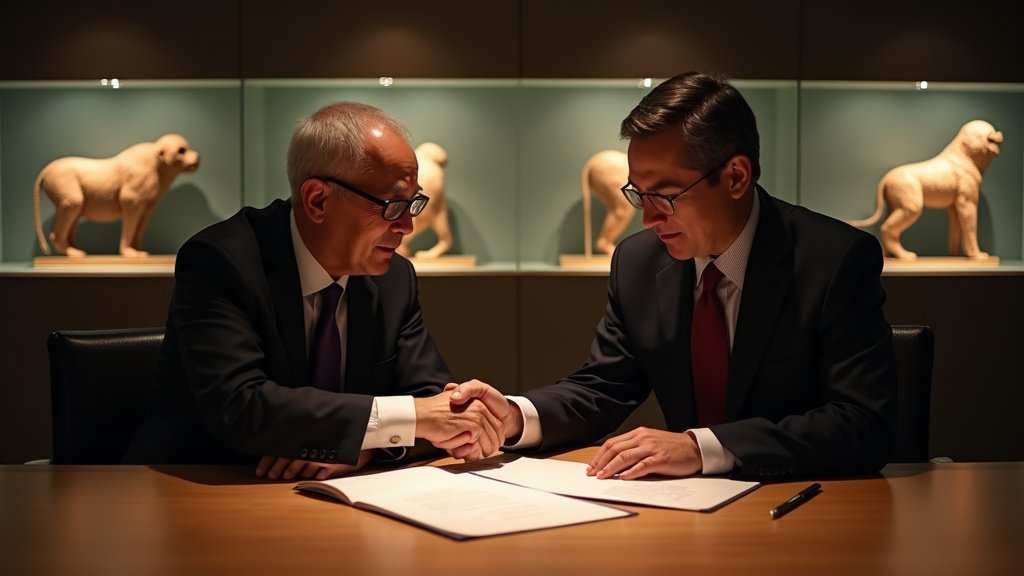As YouTube marks its 20th anniversary, the platform reflects on a journey that began with a simple, 18-second clip filmed at a zoo. Uploaded by co-founder Jawed Karim on April 23, 2005, the video titled “Me at the zoo” was an unassuming debut for what would evolve into a dominant force in digital media, fundamentally reshaping how content is created, shared, and consumed globally.
From these humble origins, YouTube didn’t just create a video-sharing website; it is widely credited with pioneering the concept of the first true creator economy. This transformative model empowered individuals to bypass traditional media gatekeepers, enabling them to produce content, build audiences, and, significantly, earn a living directly from their work. This democratization of media production and distribution unleashed an unprecedented wave of creativity and entrepreneurship, laying the groundwork for an entire digital ecosystem.
The Engine of the Creator Economy
The economic scale of YouTube today is staggering. The platform reported generating a remarkable $36.15 billion in ad revenue last year, underscoring its immense commercial power within the Alphabet Inc. portfolio. This revenue fuels a vast network of creators, businesses, and viewers, cementing its status as a major player in the global economy.
The sheer volume of content flowing into the platform highlights its central role in daily digital life. Approximately 20 million videos are uploaded daily, a testament to the continuous engagement and contribution from its global user base. This constant influx of new material keeps the platform dynamic and responsive to evolving trends and interests.
Navigating the Short-Form Era
In recent years, the digital video landscape has seen the explosive rise of short-form content platforms, notably exemplified by TikTok. YouTube has strategically responded to this challenge, adapting its offerings to meet changing viewer preferences. A key part of this strategy is YouTube Shorts, its short-form video feature.
Shorts has rapidly become a critical component of YouTube’s ecosystem, demonstrating significant traction. The platform now averages over 200 billion daily views across its Shorts content, illustrating the successful integration and massive audience engagement with this format. This strategic adaptation is crucial for YouTube to maintain its relevance and competitive edge in a fragmented digital environment.
Looking Ahead: AI as the Growth Engine
YouTube’s future trajectory is increasingly seen as being deeply intertwined with advancements in artificial intelligence (AI). The company is positioning AI as a primary engine for future growth and innovation, seeking to leverage machine learning for content discovery, personalization, and creation tools.
A significant announcement signaling this focus came from YouTube CEO Neal Mohan at the prestigious Cannes Lions 2025 Festival of Creativity. Mohan unveiled Google DeepMind’s video generation model, Veo 3. This advanced AI tool is poised to revolutionize video creation, offering creators powerful new capabilities. Notably, Veo 3 is specifically set to arrive on Shorts this summer, indicating a clear strategic move to integrate cutting-edge AI directly into the platform’s rapidly growing short-form segment. This move is expected to empower creators with sophisticated new tools, potentially lowering barriers to entry and accelerating content production.
Two Decades of Transformation
From a single video about elephants at the zoo, YouTube has grown into a global media colossus and a driving force behind the digital creator economy. Its journey over the past two decades reflects the rapid evolution of the internet itself, adapting to new technologies, consumer behaviors, and competitive pressures. As it looks to the future, particularly with AI at the forefront, YouTube continues to shape the digital landscape, promising further transformation in how we create and consume video.





